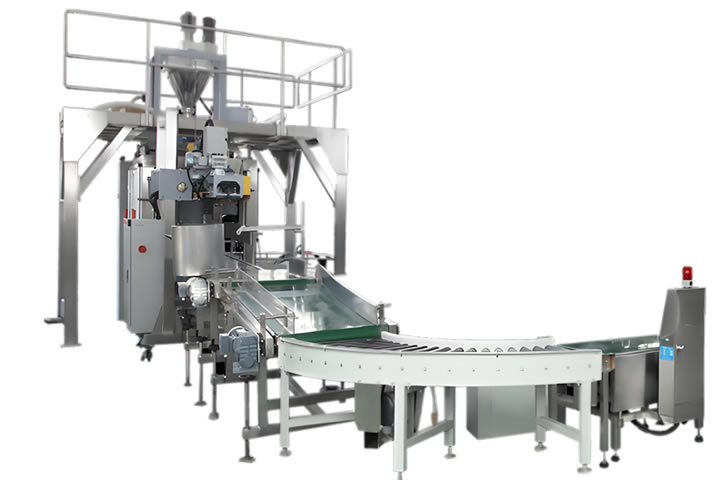At five o'clock in the morning in the suburbs of Guangzhou, the workshop of Guangyuan Food Factory was brightly lit. Factory Director Zhao Zhigang's hand holding the quality inspection report trembled slightly-the newly launched instant corn juice was removed from the supermarket on a large scale due to packaging leakage. When the traditional food packaging machine switched to a biodegradable bottle, the burst rate of the bag soared to 18%. "Environmental protection materials are policy requirements, but equipment transformation is time-consuming and labor-intensive, and we can't wait." He smiled bitterly at the workshop director.

The ply-pack technical team, who received the request for help, rushed to help at night with the latest intelligent food packaging machine. Engineer Lin projected the molecular structure diagram of the new PLA material on the whiteboard in the workshop: "The temperature of the traditional heat sealing knife is too high, which causes the carbonization of the corn fiber bottle mouth." He tapped the control screen, and the equipment immediately entered the material learning mode. The laser scanner completed the bottle material analysis within 30 seconds and automatically generated the heat sealing parameters.
"This is the real biodegradable material adaptation technology!" Quality inspection team leader Wang Fang stared at the finished product on the conveyor belt and exclaimed. The modified intelligent food packaging machine continuously fine-tunes the pressure value during operation. When the bottle thickness fluctuation is detected, the heat sealing temperature is dynamically adapted in units of 0.5¡æ. After 72 hours, the bag burst rate miraculously dropped to 0.3%, and the scrapped product accumulation area on the workshop wall became empty.
At the discharge port, a group of devices shaped like searchlights attracted the attention of the workers. This is the newly developed packaging integrity detection system of ply-pack. Through multi-spectral imaging technology, it can capture tiny cracks of 0.02mm during high-speed movement of products. "In the past, manual sampling could only check 200 pieces per hour, but now it scans 15 pieces per second and can automatically mark the defective positions." Technician Xiao Li pointed to the large quality inspection screen that was updated in real time, "Even the sealing of the bottle cap thread can be quantified and scored." Three months later, Zhao Zhigang's office was decorated with a new medal - a municipal green factory demonstration unit. The changes brought about by the intelligent food packaging machine far exceeded expectations: due to the reduction in packaging loss, 3.2 tons of plastic waste was reduced per month; the energy management system equipped with the equipment reduced the power consumption of the production line by 27%; even more unexpectedly, the flexible production module allowed the factory to take over a customized order from an international brand, and products packaged in small languages appeared in the workshop for the first time. The late spring evening breeze passed through the workshop, and Zhao Zhigang stopped in front of the intelligent food packaging machine. The carbon emission data jumping on the electronic screen reminded him of that desperate early morning. Now the newly added green indicator light on the robot arm is echoing the budding camphor tree outside the window. "It turns out that environmental protection is not a cost, but a new starting line." He touched the screen to call up the production report, and a long-lost smile appeared at the corner of his mouth.

